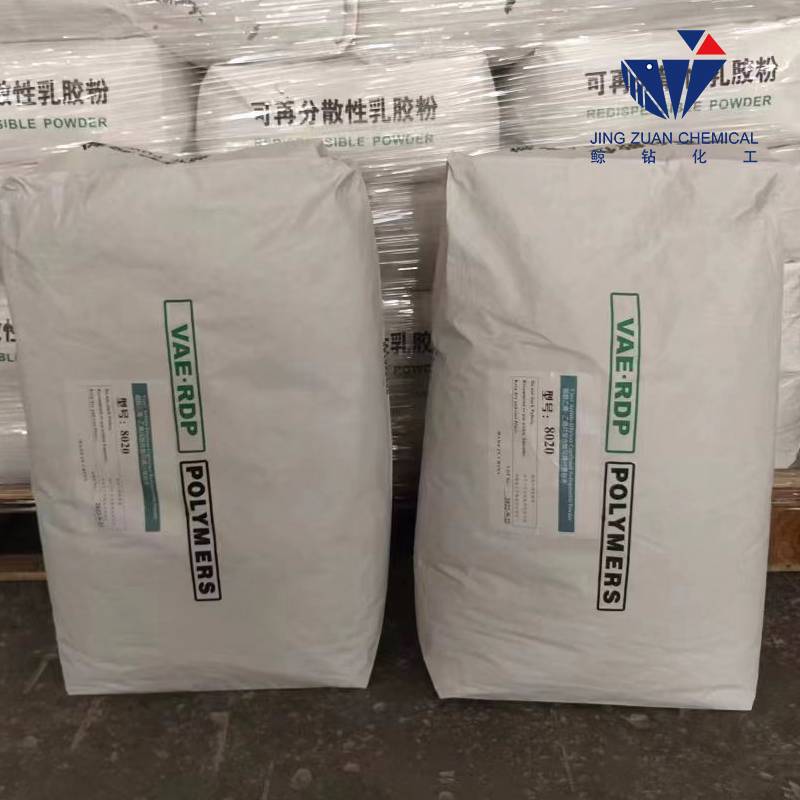
Қар . 05, 2024 12:56 Back to list
methylhydroxyethyl cellulose
Methyl Hydroxyethyl Cellulose An Overview and Applications
Methyl hydroxyethyl cellulose (MHEC) is a water-soluble polymer derived from cellulose, a natural polysaccharide found in the cell walls of plants. As one of the derivatives of cellulose, MHEC plays a significant role in various industries due to its unique properties such as thickening, binding, film-forming, and water-retaining capabilities. These attributes make it a popular choice in applications ranging from construction to pharmaceuticals.
Chemical Structure and Properties
MHEC is synthesized by the etherification of cellulose with methyl chloride and ethylene oxide. This chemical modification introduces hydroxyethyl groups and methyl groups into the cellulose structure. The degree of substitution, referring to the average number of substituent groups attached to the cellulose chain, affects the viscosity and solubility of MHEC in water.
One of the key characteristics of MHEC is its ability to form gels and enhance viscosity, even at low concentrations. This property varies with the molecular weight and expected application, making it highly versatile. Furthermore, MHEC is non-ionic, which means it does not interact with ions in solution, a feature that enhances its stability and performance in various environments.
Applications in Different Industries
1. Construction Industry MHEC is widely used in the construction sector, particularly in cement and mortar formulations. It acts as a thickening agent, improving the workability of the mixture and ensuring longer open time for application. It also enhances adhesion and reduces the tendency of cracking, making it invaluable in tile adhesives and high-performance plasters.
2. Pharmaceutical and Food Industry In pharmaceuticals, MHEC functions as a binder in tablet formulations and as a thickener in solutions and suspensions. Its ability to retain water is critical for maintaining the stability and efficacy of active ingredients. In food applications, MHEC is employed as a food additive for its textural properties, helping to improve the mouthfeel and viscosity of products such as sauces and dressings.
3. Cosmetics and Personal Care The cosmetic industry benefits from MHEC due to its film-forming and thickening abilities, commonly found in shampoos, conditioners, lotions, and gels. It aids in improving the texture and application of these products, creating a smoother experience for consumers.
methylhydroxyethyl cellulose

4. Agriculture MHEC is increasingly being recognized for its role in agriculture, especially in soil conditioning and as a carrier for herbicides and pesticides. Its water-retaining properties help improve soil moisture and promote better crop yields, making it a valuable resource in sustainable farming practices.
5. Paints and Coatings In the paint industry, MHEC contributes to the viscosity and improves the spreadability of water-based coatings. It aids in preventing sagging and settling, ensuring a more uniform application and finish.
Environmental Considerations
As a cellulose derivative, MHEC is biodegradable and derived from a renewable resource, making it an environmentally friendly choice compared to synthetic polymers. The increasing focus on sustainability and eco-friendliness across industries further bolsters the appeal of MHEC.
Future Prospects
The market for MHEC is expected to grow due to its diverse applications and adaptability to new formulations. Ongoing research into improving its performance and developing innovative uses will potentially expand its reach in both established and emerging markets. With growing awareness of environmental impact, MHEC's bio-based nature positions it favorably amid the push for sustainable alternatives.
Conclusion
Methyl hydroxyethyl cellulose is a multifunctional polymer with far-reaching applications across various industries. Its unique properties contribute significantly to the performance and quality of numerous products, underscoring its value as an essential ingredient. As industries continue to evolve towards sustainable practices, MHEC is likely to remain a prominent player in the market, driving innovation and efficiency in formulations worldwide.
-
tile-bonding-additives-for-stronger-bonds
NewsAug.22,2025
-
construction-grade-rdp-for-wholesale-needs
NewsAug.22,2025
-
trusted-wholesale-hec-partners
NewsAug.22,2025
-
hec-solutions-for-industrial-excellence
NewsAug.22,2025
-
construction-additives-need-hpmc-essentials
NewsAug.22,2025
-
hpmc-versatile-cellulose-ether-for-industries
NewsAug.22,2025







